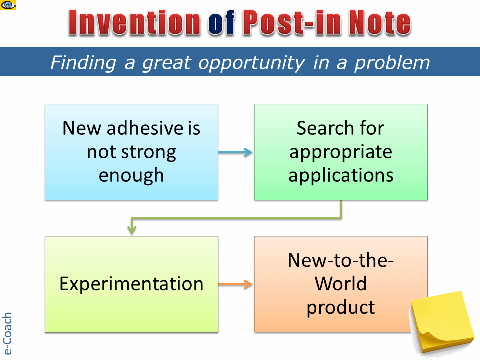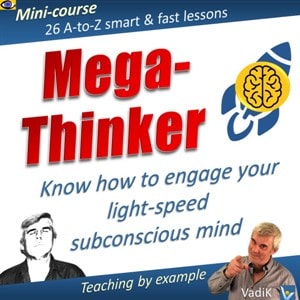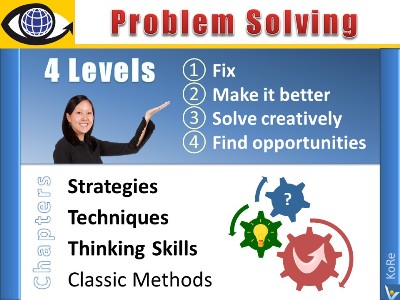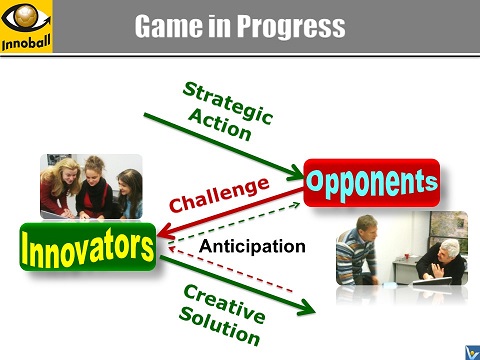| |
|
Examples of
Accidental
Discoveries
|
|
|
| |
Post-it Note
Dr. Spencer Silver, a scientist
at 3M, was attempting to develop
a super-strong adhesive. Instead
he accidentally created a
"low-tack", reusable,
pressure-sensitive adhesive that
led to
invention of Post-It Note.
|
|
 |
|
|
|
Coca Cola
John Pemberton, the inventor of the Coca-Cola, just wanted to cure headaches. A
pharmacist by profession, Pemberton used two main ingredients in his hopeful
headache cure: coca leaves and cola nuts. When his lab assistant accidentally
mixed the two with carbonated water, the world's first Coke was the result.
Velcro
George
de Mestral, a Swiss engineer, on a hiking trip through the woods. He found burrs
clinging to his pants and also to his dog's fur. On closer inspection, he found
that the burr's hooks would cling to anything loop-shaped. This accidental
discovery led him to invention of hook and loop fasteners. Today his
invention – Velcro – is widely used.
Vulcanized Rubber
Charles Goodyear had spent ages
trying to find a way to make rubber resistant to heat and cold. After a number
of failed attempts he finally stumbled across a mixture that worked. Before
turning out the lights one evening he accidentally spilled some rubber, sulfur,
and lead onto a stove resulting in a mixture that charred and hardened but could
still be used.
|
|
|
|
|
X-Rays
Wilhelm Roentgen, a physicist, was
working with a cathode ray tube. Despite the fact that the tube was covered, he
saw that a nearby fluorescent screen would glow when the tube was on and the
room was dark. Roentgen tried to block the rays, but most things that he placed
in front of them didn't seem to make a difference. When he placed his hand in
front of the tube, he noticed he could see his bones in the image that was
projected on the screen.
Radioactivity
Intrigued by the discovery of
x-rays, Henri Becquerel decided to investigate the connection between them and
phosphorescence. Becquerel tried to expose photographic plates using uranium
salts. He thought he needed sunlight to complete his experiment, but the sky was
overcast. He stored his items and decided to wait for a sunny day. To his
surprise he discovered the photographic plates were exposed despite the lack of
light.
Microwave
Percy Spencer walked in front of a magnetron, a vacuum tube used to generate
microwaves, and noticed that the chocolate bar in his pocket melted. After a few
more experiments, Spencer successfully invented the first microwave oven. |
|
| |
Teflon
Roy Plunkett, a chemist,
accidentally stumbled across the
non reactive, no stick chemical
while experimenting with
refrigerants.
Plastic
Chemist Leo Hendrik Baekeland
tried to invent a cheaper
insulation material. What he
came up with however, was a
moldable material that could be
heated to extremely high
temperatures without being
distorted.
|
|
 |
|
|
|
Dynamite
Alfred Nobel accidentally discovered dynamite. Nitroglycerin was becoming a
widely produced explosive, but it had some serious problems. It was unstable and
regularly blew up everything around. While working with nitroglycerin one
afternoon, a vial slipped out of Nobel's hand, yet there was no explosion
because the nitroglycerin landed in sawdust, which soaked it up. Nobel was later
able to explode the sawdust, and concluded that mixing the nitroglycerin with an
inert substance stabilized it.
Penicillin
Biologist Alexander Fleming took
a vacation from his day-to-day
work in the lab investigating
staphylococci. Upon his return,
the scientist found a strange
fungus on a culture he had left
in his lab ‒ a fungus that had
killed off all surrounding
bacteria in the culture.
Cornflakes
When Will Keith Kellogg cooked
meals for patients at the
Sanitarium at which he worked,
he ended up accidentally
stumbling across the recipe for
Corn Flakes after leaving some
bread dough sitting out for
several hours. Upon finding the
flaky dough he decided to see
what would happen so he baked it
anyway. |
|
|
|
|
Potato Chips
George Crum, a chef,
accidentally invented potato
chips when an annoying patron
kept sending his French-fried
potatoes back to the kitchen
because they were soggy. In an
attempt to teach the customer a
lesson, Crum sliced them extra
thin, fried them to a crisp and
drowned them in salt.
To his surprise, the complaining
customer liked them.
→
Turn Problems To Opportunities
Saccharin
Constantin Fahlberg, a chemist
trying to find alternative uses
for coal tar, came home after a
long day of work only to notice
that his wife’s biscuits tasted
a lot sweeter. After asking her
about it he realized he hadn’t
washed his hands after work.
Safety Glass
After Édouard Bénédictus, a
chemist, accidentally knocked a
flask off of his desk it fell to
the ground but rather than
shattering it only cracked. Upon
closer inspection he realized
that it had recently contained
plastic cellulose nitrate which
had coated the inside of it and
kept it from coming apart on
impact. |
|
| |
Viagra
Pfizer originally introduced the
chemical slatternly, the active drug in Viagra, as a heart
medication. During clinical trials the drug proved ineffective for
heart conditions. But men noted that the medication seemed to cause
another effect ‒ stronger and longer lasting erections. |
|
 |
 |
|
InnoBall helps anticipate
challenges ahead and make accidental discoveries while searching
for
opportunities that would help address these challenges |
|
|
|